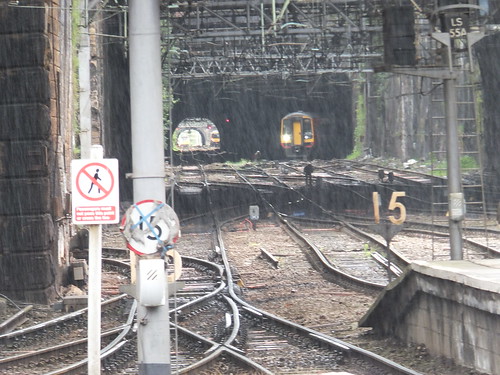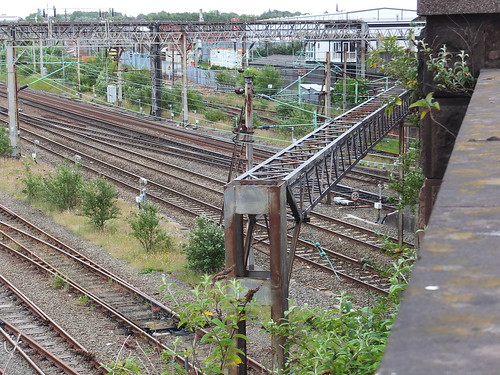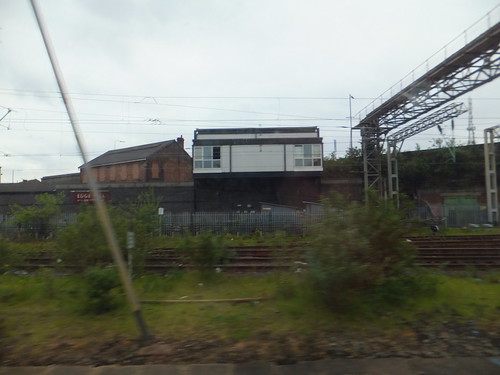The 'Road to Mandalay' luxury river cruise ship (operated by Orient-Express) has a regular schedule sailing the Ayeyarwady River between Mandalay and Bagan in Myanmar (Burma). On Friday, Saturday and Sunday each week the 'Road to Mandalay' is anchored at Bagan, whilst the ship's Guests experience the remarkable sights of Bagan.
Doctor Hla Tun is the Ship's Doctor on 'Road to Mandalay' and he also manages the 'RTM Social Contribution' which supports a number of charitable initiatives in Myanmar in the field of education and medical support. The Bagan Medical Clinic, opened in August 2011, is perhaps the most ambitious of these initiatives. The Clinic is open on Friday, Saturday and Sunday each week, staffed by two local doctors and a number of health assistants. In addition to looking after the Guests on the ship, the indefatigable Doctor Hla Tun becomes the senior doctor at the Clinic on Friday, Saturday and Sunday.
The 'Road to Mandalay' has an 'off season' (in 2013 from 8th May to 14th July) when Doctor Hla Tun is able to return to Yangon. However, the Bagan Medical Clinic continues to open as normal during the ship's 'off season' and, in 2013, Doctor Hla Tun spent five weeks during the 'off season' back at the Bagan Medical Clinic.
During May, 3,303 treatments were carried out, during June a further 5,586 and during July 6,079 more, bringing the total number of treatments since the Clinic opened (on 6th August 2011) to 69,892. Because of the high demand, the facilities at the Clinic are being expanded with the construction of a new building.
A free lunch is provided because the long distances most patients travel to reach the Clinic necessitates patients setting off very early in the day or even the previous day.
Treatment is provided free for poor patients and on a cost-sharing basis for those who can afford to make a contribution. Where hospitalisation is required for further management of their condition, poor patients may also receive a donation from the Clinic for transportation, accommodation and part of cost of surgical procedures or blood transfusions. All this work is funded by both foreign and local donors, supported by local volunteers.
As an example, one young boy was diagnosed with Ascites (accumulation of fluid in the peritoneal cavity) and congenital heart disease. A donation was made by the Clinic for further management of the condition in hospital.
The Clinic can only deal with outpatient procedures. Not realising this, one mother brought her son who is suffering from congenital Spina Bifida. However, the Clinic was able to refer her to a hospital for further management of the condition and donate money towards the costs.
One 49 year old lady had a very unfortunate experience. She suffered from Diabetes with numbness of her feet and hands due to neurological involvement. Since she lived in a remote village about 70 km from the Bagan Clinic she hired a motor bike and driver to bring her to the Clinic. On the way, the motor bike suffered a flat tyre and she and the driver had to walk for around an hour to reach a shop which could re-inflate the tyre. Whilst walking, she removed her sandals but because of the numbness in her feet she did not realise that the friction between the soles of her feet and the tarmac road surface was damaging the skin on her feet and creating blisters. On arrival at the Clinic, she had to sleep in the Monastery overnight, before seeing Doctor Hla Tun the following day, with additional problems to the original diabetes with neurological involvement.
Treatment Summary
The table below summarises the number of treatments per month and the total number of treatments since the clinic started.
| Month | Patients treated | Total treatments |
| August 2011 | 355 | 355 |
| September 2011 | 784 | 1,139 |
| October 2011 | 1,434 | 2,573 |
| November 2011 | 1,723 | 4,296 |
| December 2011 | 2,013 | 6,309 |
| January 2012 | 1,605 | 7,889 |
| February 2012 | 2,464 | 10,353 |
| March 2012 | 4,603 | 14,956 |
| April 2012 | 2,043 | 16,999 |
| May 2012 - Jan 2013 | To be added | To be added |
| February 2013 | 2,713 | 49,850 |
| March 2013 | 2,713 | 49,850 |
| April 2013 | 2,061 | 54,924 |
| May 2013 | 3,303 | 58,227 |
| June 2013 | 5,586 | 63,813 |
| July 2013 | 6,079 | 69,892 |














